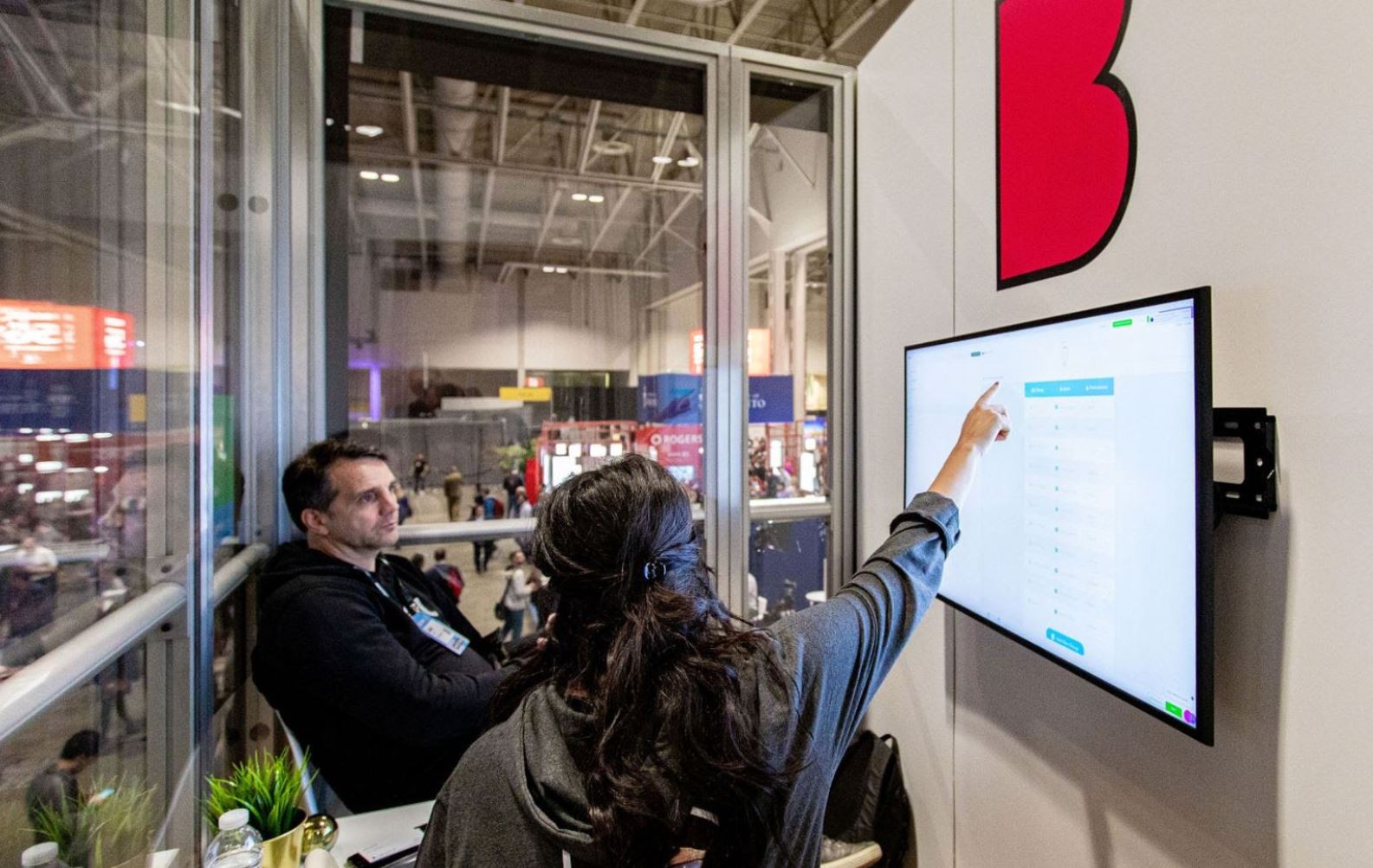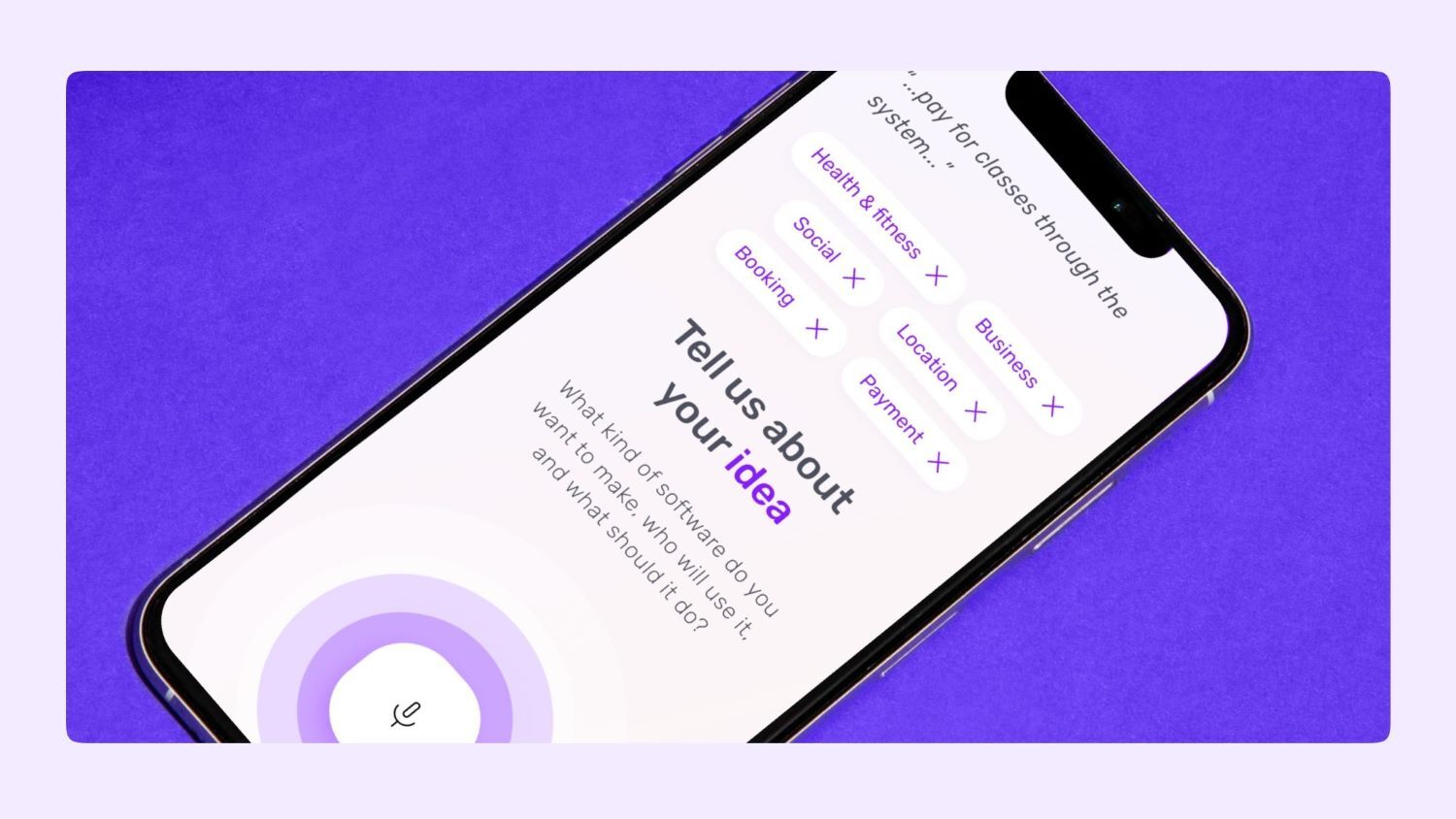Planning to build a grocery delivery app or redesigning your existing one? This article explains the latest app features your customers will be looking for.
Does my business really need an app?
According to a report from MSA (Main Street America), millions of small businesses will be at risk of closing permanently if the current crisis continues for several months. Businesses with no online presence have failed to sell a single unit. You need digital assets (web and apps) to operate your business but it’s not just because of COVID-19. Lockdown has just accelerated the rapid adoption of m-commerce – because shopping on mobile devices was already expanding at a frankly awesome rate.

According to a trend report by Google trends, the search term “Grocery delivery” saw a 100/100 interest score in March 2020. We’re not saying that you can’t operate without digital assets but it’ll be very difficult for businesses to survive if they don’t build their digital footprint.

Here’s the top features you need in your grocery delivery app:
One tap sign-in and sign-up:Reduce the friction if you want to maximise how many people use your app. One tap ‘sign-in and sign-up’ lets people get into your app without interrupting them with a sign-up screen. It's easy and fast. You can try using Google, Facebook or LinkedIn as one of the most important app feature for your grocery app.
AI-powered search: Just having a search box won't make you stand apart from your competitors. Get a smart search that returns results based on search terms and your buyer's preferences. You can get this smart search with the help of AI and ML.
Reorder: Groceries are something you order every few nights, or once a week. Usually, customers know the brands and products they prefer. What if your app allows your buyers to reorder their last order, add items to it, or delete some of them? That makes a dull job easier and helps them shop quickly.
Smart shopping cart: A simple shopping cart isn’t enough to get your grocery app 5-star reviews. Offer a smart shopping cart that suggests where your buyers can make savings. For example, they’ve added Brand X detergent and your cart suggests that Brand Y is on offer.

Delivery scheduler: Scheduling an order is pretty essential – how specific your delivery slots are is entirely up to you. For millennials living in cities this level of details is the difference between downloading your app and choosing another place to shop.
Delivery tracker: Lets our customers track their order delivery in real-time. It's not an essential feature but does add value to your product, if you make it easy for customers to see how their order is progressing and where their shopping is.
Make it shareable: Let your users share their grocery list with others. Then this whole group can add items, or remove them. Really handy for big family shops.
In-app payment: Don't forget about this one. You just don't need a payment system but a multi-payment system that covers almost every payment method.
Know your buyers: You need to know who’s buying, if you want to sell them. Keep an eye on their buying habits, where they live and their brand preferences. Build an AI-powered auto-suggest algorithm to help your buyers make choices. It's not for users but runs in the app background. Give them relevant suggestions and they’re likely to spend more with you.
Builders, are you ready to embrace the new digital approach and take your business to the next summit? We want to hear your thoughts on all things digital and transformational. Contribute to the conversation here or on social via Facebook, LinkedIn, Twitter and Instagram. If you want to explore how we can help facilitate your business’ growth in the digital age, head over to Builder.ai to take a look.
Tom Fenby, is a design head at Builder.ai. He graduated from Ravensbourne College of Design and Communication with first-class honours. Almost a decade and half later, he brings his prowess in product strategy, UX, research, testing, and prototyping, and is adroit with Figma, Sketch and Adobe.














 Facebook
Facebook X
X LinkedIn
LinkedIn YouTube
YouTube Instagram
Instagram RSS
RSS


